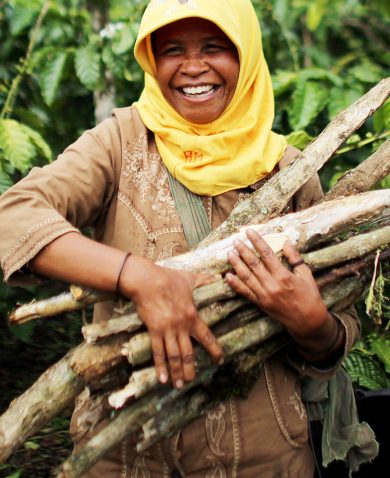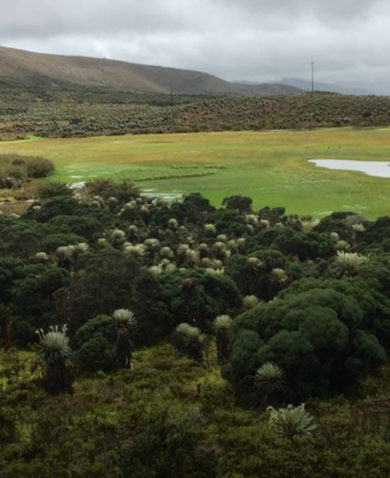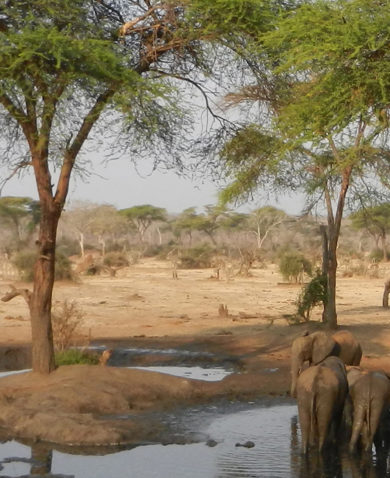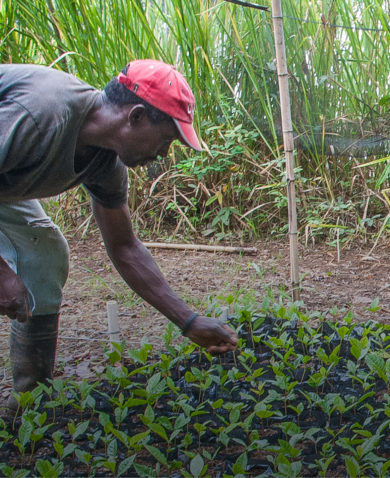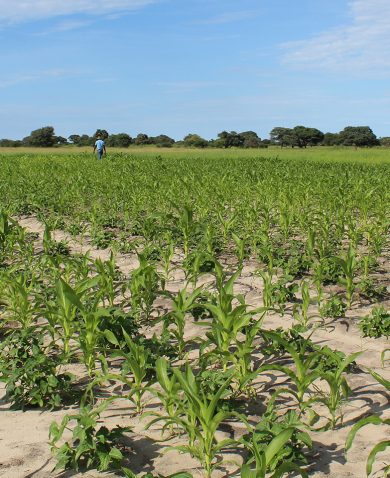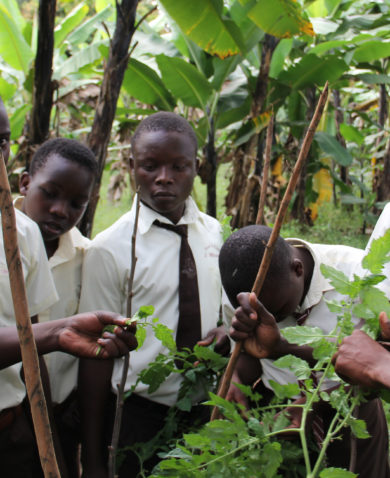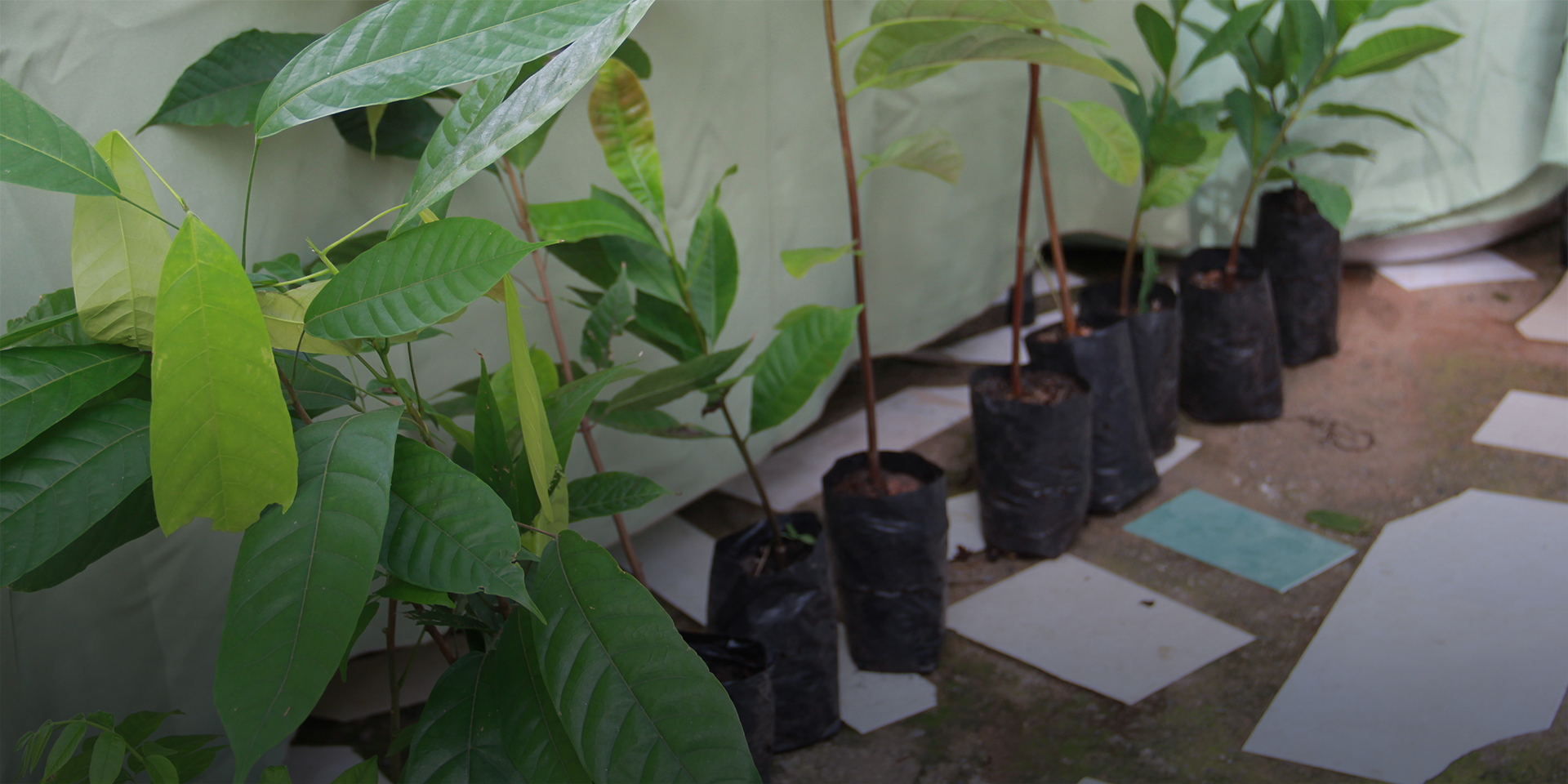
Reforestation: More Than Just Planting Trees
March 21, 2018 | 4 Minute ReadIt's easy to focus on tree planting when designing programs to combat deforestation, but is that enough? Mario Kerby, director in Chemonics' West and Central Africa and Haiti Division, offers four lessons learned from Haiti's reforestation efforts.
In many parts of the world, massive deforestation seems to outpace reforestation and forest restoration efforts. In tropical countries with significant forest resources, like Brazil, Democratic Republic of Congo and Indonesia, illegal logging usually involves large swaths of forest being cut down rapidly to feed the growing worldwide demand for timber. However, in a country like Haiti, deforestation happens gradually. It stems mostly from poverty and a lack of resources from people living near forested areas. Poor people living on hillsides cut down trees primarily to produce fuel wood and charcoal causing them to clear land for subsistence agriculture. Seen from satellite images, Haiti’s border with the Dominican Republic is eerily visible. The Dominican side is green and full of trees, while the Haitian side appears barren. Although these images don’t tell the full story, reforestation efforts in Haiti over the past forty years have failed to make a significant difference in restoring tree cover in the impoverished country. The technical aspects of reforestation are well mastered by experts, but the challenge is to make reforestation efforts sustainable.
In that context, there is a growing realization that successful and sustainable reforestation is about more than planting trees. It requires comprehensive approaches designed to protect existing trees and a strategy to ensure the newly planted tree seedlings survive to maturity. Development programs looking to implement reforestation projects in areas where tree cutting results primarily from poverty should apply the following four best practices:
1. Involve local stakeholders from the beginning of reforestation efforts
Reforestation efforts that imposed technical solutions without the full involvement and adherence of local stakeholders from the very beginning have largely failed. The fastest growing trees or those with the greatest economic value are not necessarily the most appropriate in the local context. The selected tree species for reforestation not only needs to be adapted to the local environment, but also needs to provide clear revenue generation opportunities for people living in the target watersheds. Agroforestry systems that combine fruit trees with sustainable hillside agriculture tend to be the most appropriate. This is because people living in watersheds will accept the responsibility to plant and nurture trees only if they are convinced that they can derive a steady income from a new production system. If they perceive that the trees take too long to generate revenues and if they have no alternative means of livelihood, they will be tempted to cut down young trees for charcoal or use them to feed their animals.
Also, any new reforestation initiative needs to work with local populations to identify the land areas best suited for reforestation. This would be based on criteria such as the types of soil, steepness of slopes, ease of access for the maintenance of tree seedlings, and competing economic uses for the land. Experience has also shown that it is best to establish tree nurseries close to the plantation areas and with the active participation of communities. Finally, any reforestation initiative needs to ensure local stakeholders learn best practices for tree planting and management.
2. Provide alternative means of livelihood while the trees are growing
While the tree seedlings are growing, people living in target watersheds need means of livelihoods that are consistent with reforestation efforts. Examples of income generating activities that can complement tree planting and provide income while new trees are growing include handicrafts, sustainable hillside agriculture, greenhouses, and beekeeping. In mountainous areas, tree planting programs can be linked with practices such as:
- Terracing
- Growing high value crops under greenhouses
- Improving water harvesting and management
- Developing small processing units to add value to local agricultural production
3. Identify alternatives for those with a vested interest in cutting trees
Deforestation happens because there is a demand for wood products and there are people with a vested interest in cutting trees. To be successful, a reforestation strategy needs to take account those who will have incentives to cut down young trees and provide them with alternatives. In Haiti, most forest resources are used for fuel wood or to make wood charcoal. Young trees are also threatened by small ruminants that are fond of the soft leaves. Strategies to reduce demand for fuel wood include:
- Identifying areas dedicated to fuelwood production using fast growing trees
- Training producers of wood charcoal on more efficient techniques that use less wood per unit of charcoal produced
- Promoting the use of improved cookstoves that either use propane gas or process charcoal more efficiently
Similarly, animal husbandry and livestock management systems need to be improved to ensure that small ruminants do not destroy tree seedlings. Potential strategies include providing improved forage resources and improved grazing management, improving high-yielding biomass production in small areas to feed livestock, and increasing the availability of non-invasive and fast-growing plants that can be used as fences and are not eaten by goats.
4. Work with local governments to enforce laws and improve governance
The lack of governance in Haiti is a critical factor in limiting the success of reforestation efforts. To be effective, reforestation strategies need to be coupled with improved governance through the enforcement of applicable laws and regulations. Local governments and communities can start by developing watershed management plans that include reforestation as part of a wholistic approach that considers all aspects of rural development. In turn, trained local government officials need to be empowered to enforce existing laws to limit threats to reforested areas.
Although Haiti continues to face many development challenges, there is renewed hope that its fragile watersheds can be stabilized through reforestation programs that involve local stakeholders from the start and ensure that their interests are accounted for through proper incentives. By applying these best practices, parts of Haiti can become green again with healthy and productive trees providing economic and environmental benefits to a long-suffering population.








